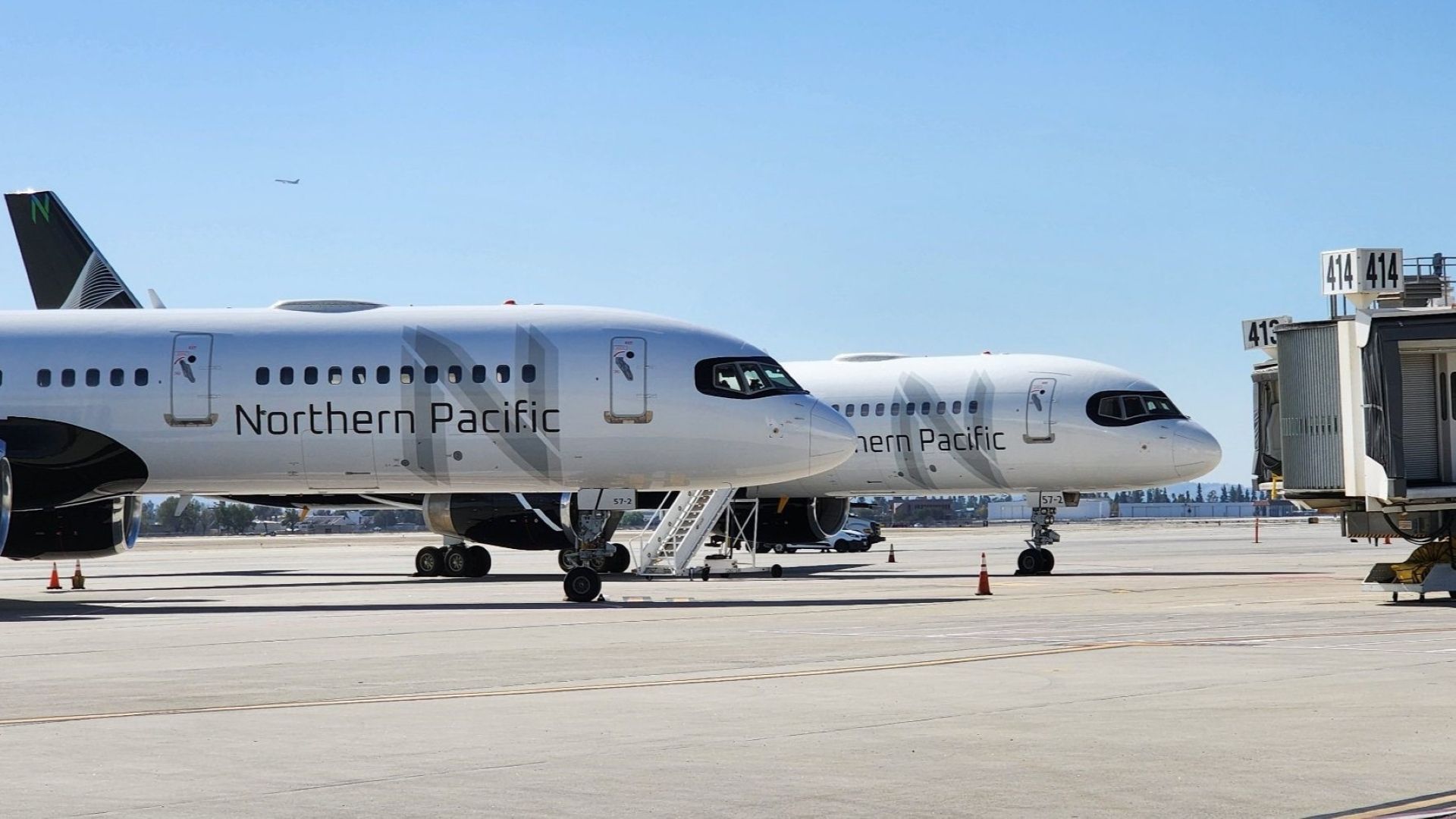World
New Pacific Airlines Halts Operations Amid Financial Woes

New Pacific Airlines, a charter carrier based in the United States, has officially ceased operations due to ongoing financial difficulties. An internal email from the airline’s President and Chief Executive Officer, Tom Hsieh, conveyed the decision to staff, citing an inability to maintain economic viability amid persistent losses.
The airline, which began operations in May 2021, faced significant challenges throughout its brief existence. Initially named Northern Pacific Airways, the company had to rebrand as New Pacific Airlines following a trademark dispute with BNSF Railway over the use of the “Northern Pacific” name. Despite its efforts, including a shift from scheduled services to charter flights, the airline could not overcome its financial struggles.
Recent Developments and Partnerships
In early November 2025, New Pacific Airlines appeared to be on a positive trajectory after securing a partnership with Beond, a boutique airline specializing in all-premium flights. This collaboration aimed to introduce Beond’s services to the U.S. market using New Pacific’s Boeing 757-200 aircraft. At the time of its operational cessation, New Pacific Airlines operated three Boeing 757-200s, each configured to accommodate 78 passengers in a four-abreast layout, making them suitable for sports charters.
Despite these promising developments, Hsieh’s email indicated that the efforts were insufficient to counteract the airline’s financial losses. He expressed regret in his message, stating, “It is with a heavy heart that I am announcing that we will be ceasing operations today. Unfortunately, we are unable to continue to fund the losses in our business.” Employees were assured they would receive payment through the end of the day, November 27, 2025, and those on the road were prioritized for timely return home.
A Look at the Fleet and Future Prospects
New Pacific Airlines had a modest fleet at the time of its closure, which included three Boeing 757-200 aircraft and several Dash 8 models. According to data from ch-aviation, the fleet had an average age of 31.3 years, with the Boeing 757-200s being popular for specialized charter services.
Tracking data from Flightradar24 indicates that two of the Boeing 757s have already been transferred to storage at the Mojave Air and Space Port in California. The first aircraft, registered as N627SP, landed on November 27, 2025, following a flight from Columbus, Ohio. It was soon followed by N628SP, which arrived later that same day from Farmingdale, New York.
In a final effort to remain operational, New Pacific Airlines had applied for two essential air services (EAS) routes from North Dakota to Minneapolis – Saint Paul. Unfortunately, these plans will now be shelved as the airline transitions to closure.
The rise and fall of New Pacific Airlines serve as a stark reminder of the challenges facing new entrants in the competitive airline industry, particularly in the wake of financial instability and market pressures. Despite promising beginnings and strategic partnerships, the airline could not achieve the sustainability needed to thrive in the current aviation landscape.
-

 Lifestyle4 months ago
Lifestyle4 months agoLibraries Challenge Rising E-Book Costs Amid Growing Demand
-

 Sports4 months ago
Sports4 months agoTyreek Hill Responds to Tua Tagovailoa’s Comments on Team Dynamics
-

 Sports4 months ago
Sports4 months agoLiverpool Secures Agreement to Sign Young Striker Will Wright
-

 Lifestyle4 months ago
Lifestyle4 months agoSave Your Split Tomatoes: Expert Tips for Gardeners
-

 Lifestyle4 months ago
Lifestyle4 months agoPrincess Beatrice’s Daughter Athena Joins Siblings at London Parade
-

 World4 months ago
World4 months agoWinter Storms Lash New South Wales with Snow, Flood Risks
-

 Science3 months ago
Science3 months agoSan Francisco Hosts Unique Contest to Identify “Performative Males”
-

 Science4 months ago
Science4 months agoTrump Administration Moves to Repeal Key Climate Regulation
-

 Business4 months ago
Business4 months agoSoFi Technologies Shares Slip 2% Following Insider Stock Sale
-

 Science4 months ago
Science4 months agoNew Tool Reveals Link Between Horse Coat Condition and Parasites
-

 Sports4 months ago
Sports4 months agoElon Musk Sculpture Travels From Utah to Yosemite National Park
-

 Science4 months ago
Science4 months agoNew Study Confirms Humans Transported Stonehenge Bluestones









